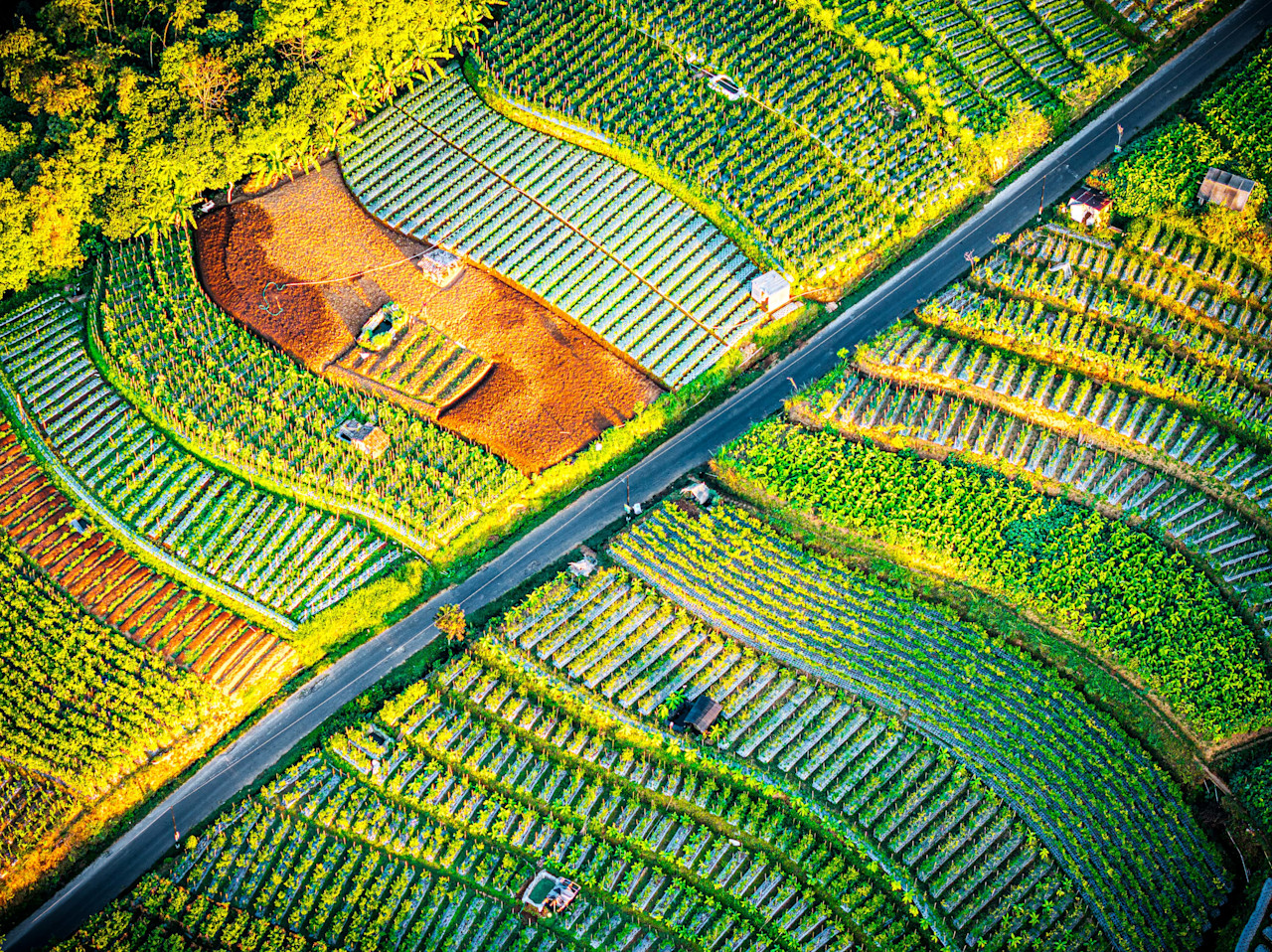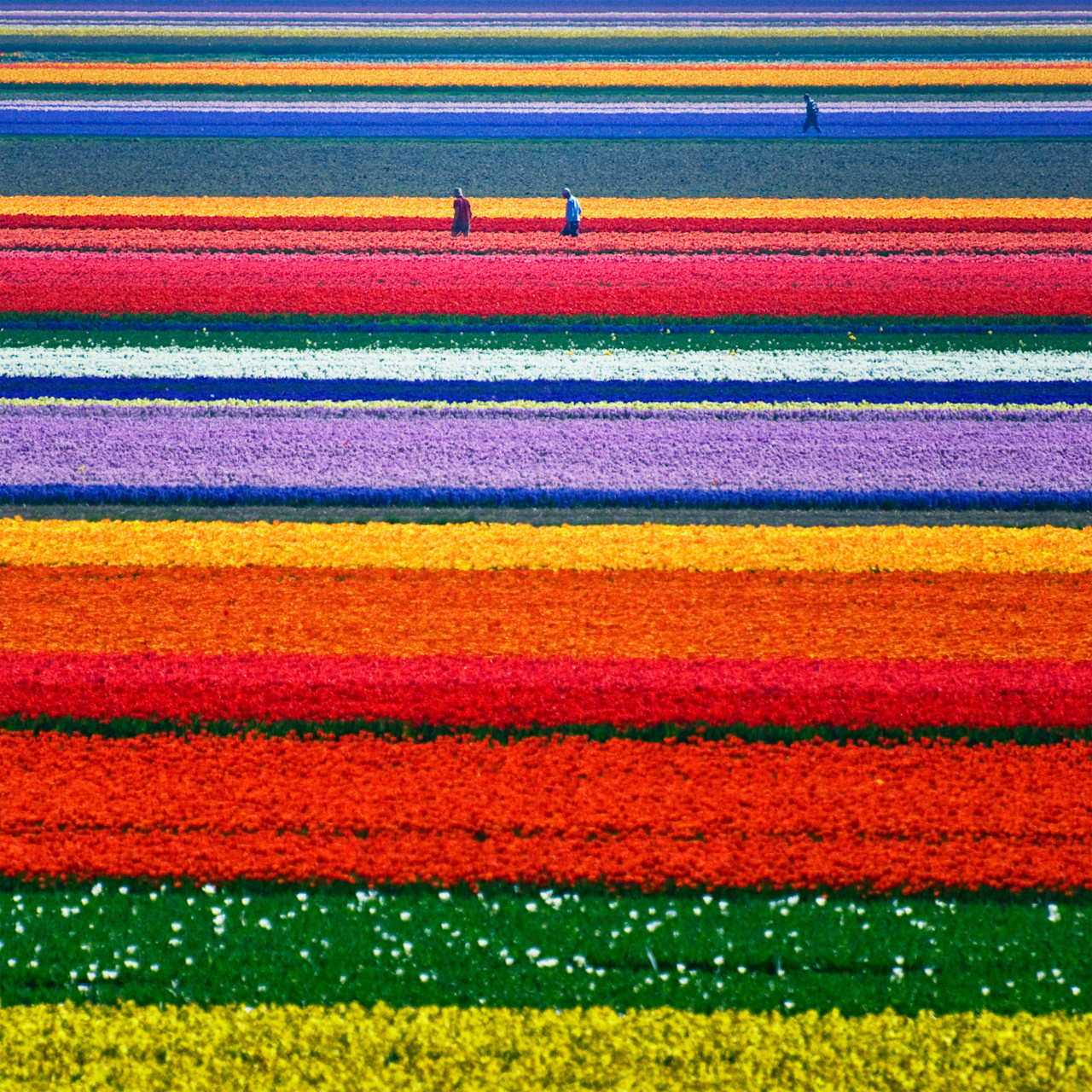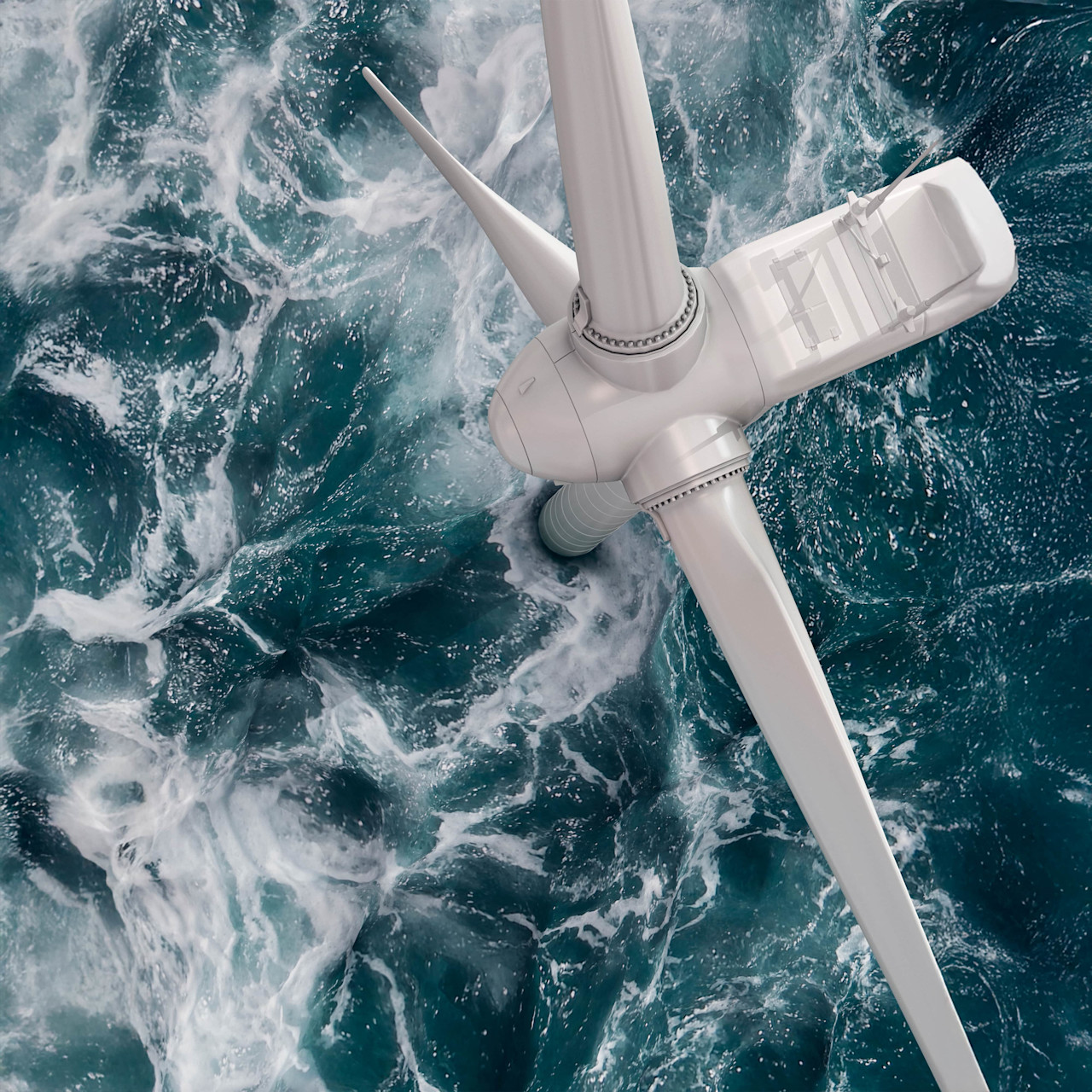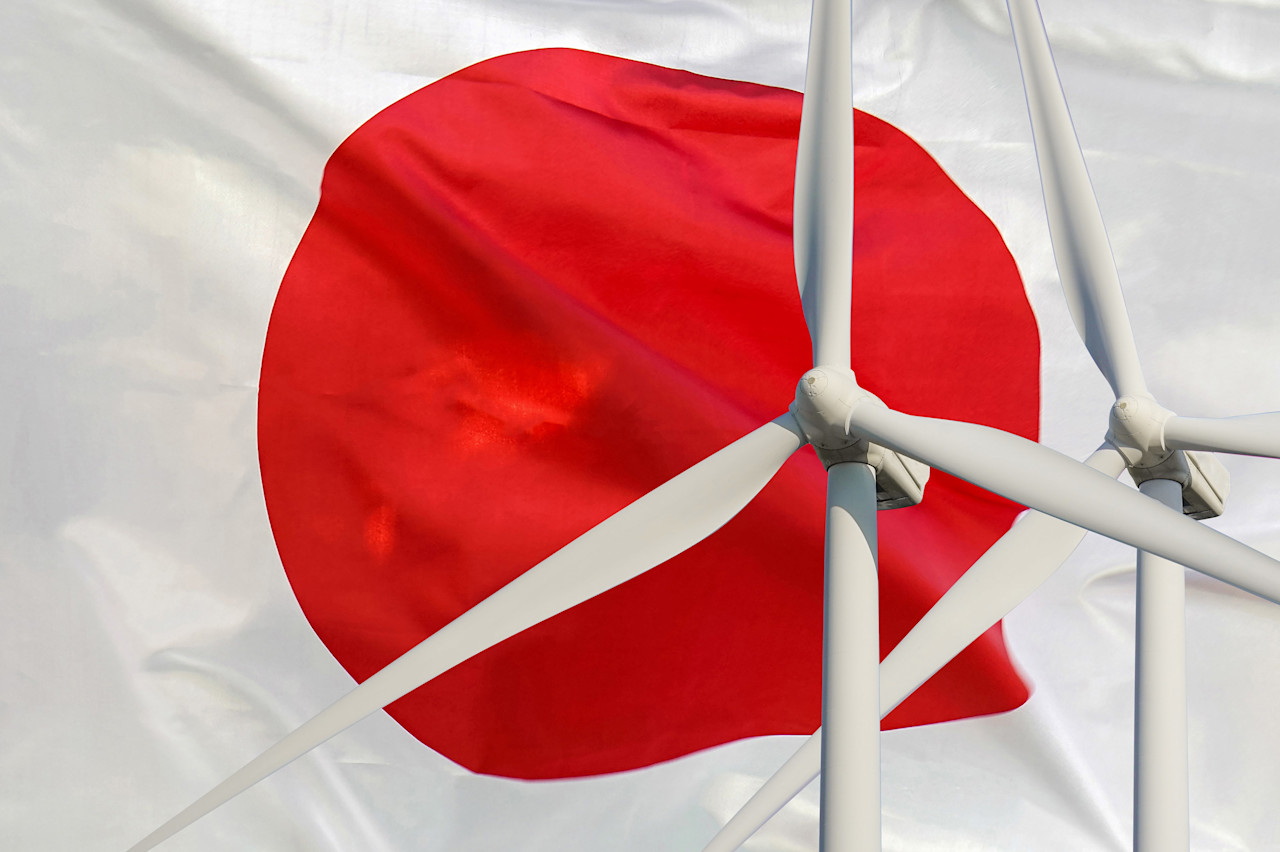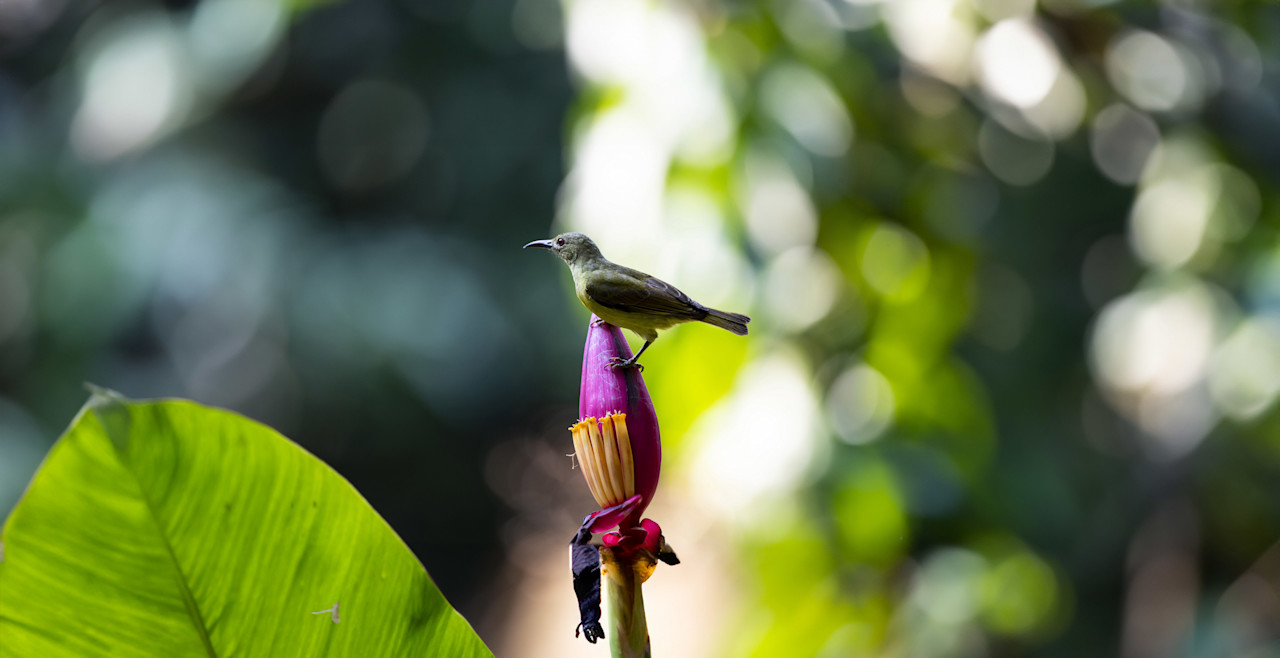From field to fork, smart farming uses technology to optimize resources, improve yields, reduce waste, conserve biodiversity and increase food security across the food value chain. Our Sustainable Water and Circular Economy Equities strategies invest in companies focused on applying technological advancements that target depleting water supplies as well as smart farming techniques for soil and crop management.
More people, less land, less water
The UN estimates that by 2050 human populations will grow to 9.7 billion. That means more than 65 million additional mouths need feeding every year, adding pressure on food and agricultural sectors to produce more to keep pace. Moreover, land is getting even scarcer as populations and cities expand exponentially. The number of megacities – defined as having more than 10 million inhabitants – is increasing worldwide, particularly in developing markets.
Land is not the only critical resource in short supply. As populations boom, so does their water consumption. Global water demand already exceeds supply, with two billion people currently living in areas of acute water stress.
Moreover, water withdrawals are dominated by the agricultural sector, as the water used to produce food is exponentially more than what is used for personal consumption. To illustrate, just one apple requires more than 70 liters of water to produce.
Worldwide, dietary habits are shifting from staples such as roots, tubers and cereal grains towards animal proteins like meat and dairy that demand exponentially greater inputs of water and other resources. Though some of these shifts are healthy and desirable, they are also resource-intensive and costly and intensify pressure on water supplies. For example, producing one kilogram of beef requires 15,000 liters of water.
Environmental challenges
To super-charge crop yields, industrial agriculture has turned to synthetic fertilizers, herbicides and pesticides to stimulate and protect plant growth. However, while effective at improving yields in the short-term, they have also had disastrous long-term effects on the surrounding land and ecosystems. Excess chemicals seep down into natural aquifers and flow into streams, rivers, lakes and ponds, killing native plant species and wildlife.
Moreover, farming and agriculture is acutely vulnerable to the damaging effects of global warming. In some regions, crops are lost to over-precipitation and flooding, whereas in other areas crops suffer due to heat waves and drought. Farmers need to adapt at an accelerated pace to avert crop damage and lost harvests. At the same time, to feed the world without damaging the planet, farmers need to optimize resources and develop climate-smart agricultural practices so that productive and resilient agriculture can be achieved.
Increasing supply, protecting quality
Robust water supplies are essential for agricultural productivity. Our Sustainable Water strategy invests in companies providing solutions to maximize water resources across the water extraction and reuse cycle. In areas of water scarcity, portfolio companies are developing methods to secure water from surrounding environment. Many land-locked countries are investing in technologies to capture and clean rainwater. At the other extreme, arid countries with access to ocean waters are investing in desalination plants. Wastewater purification via microfiltration membranes and ultraviolet light are also effective technologies helping regions to counter chronic water shortages.
Furthermore, to transport water to fields and farms, efficient networks of pumps, pipes valves and irrigation systems are needed. Thanks to digitalization, these networks and systems are being equipped with sensors that rapidly detect leaks and breaks, monitor soil moisture levels, and customize water doses according to soil need. In addition, advances in water treatment and analytics are helping identify and extract chemicals, fertilizers, and contaminants from waste and run-off water so that it can be safely returned to the environment or recycled back into the system.
Finally, the importance of water extends beyond hydrating and nourishing crops. Improving soil’s water retention helps restore organic matter and reduce erosion. This leads to more nutritious crops and healthier livestock.
From plants to plates
Ensuring safe water supplies isn’t the only approach to sustainable agriculture. From plants to plates, our Circular Economy strategy is investing in solutions that increase efficiencies across farming and food systems. Smart farming’s focus on reducing inputs and protecting soils and vegetation makes it an area ripe for application of circularity principles. GPS technology is already widely used to navigate tractors and harvesters, reducing costs and CO2 emissions associated with operating farming machinery.
Moreover, AI and machine learning can teach agricultural equipment to detect weeds in fields and to automatically apply crop protection chemicals with unprecedented precision and accuracy.
As a result, the volume of chemicals required can be reduced by up to 90%, significantly protecting biodiversity without compromising crop yields.
Population growth, scarce resources and climate change are straining the agricultural sector as well as the environment. Our Sustainable Water and Circular Economy investment strategies are helping address these challenges by providing solutions that are not only effective and efficient for crops and livestock, but also beneficial for all life on the planet.












